Car Meter Symbols With Name: Warning Lights!
Car meter symbols, also known as dashboard warning lights, are important indicators that illuminate to inform the driver of the vehicle’s status or potential issues.
Some common car meter symbols include the Check Engine Light, Oil Pressure Warning, Tire Pressure Warning, Battery/Charging Alert, Brake System Warning, ABS Warning, Engine Temperature Warning, and Fuel Indicator.
Understanding these symbols can help maintain the vehicle’s health and ensure driver safety.
Each car meter symbol serves as a visual cue for specific system statuses or malfunctions:
For example, if the Oil Pressure Warning light comes on, it is imperative to stop the vehicle as soon as it is safe to do so and check the oil level and pressure to avoid engine damage.
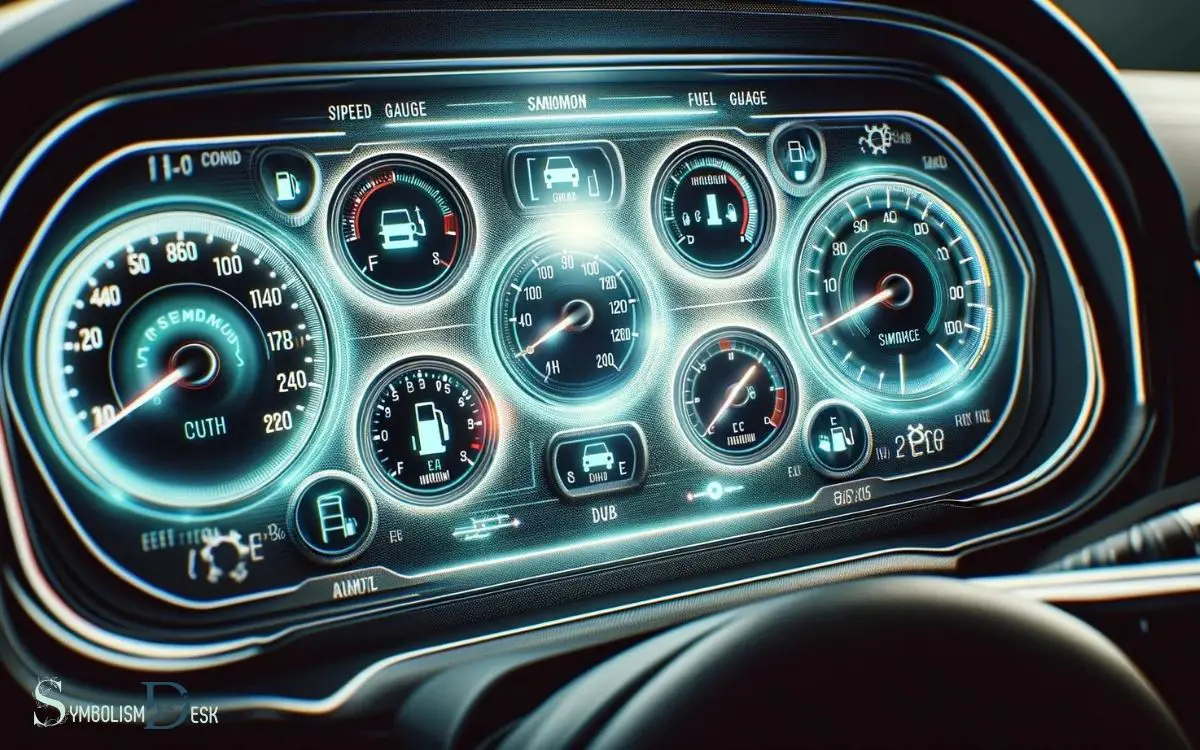
Key Takeaway
Understanding the Check Engine Light
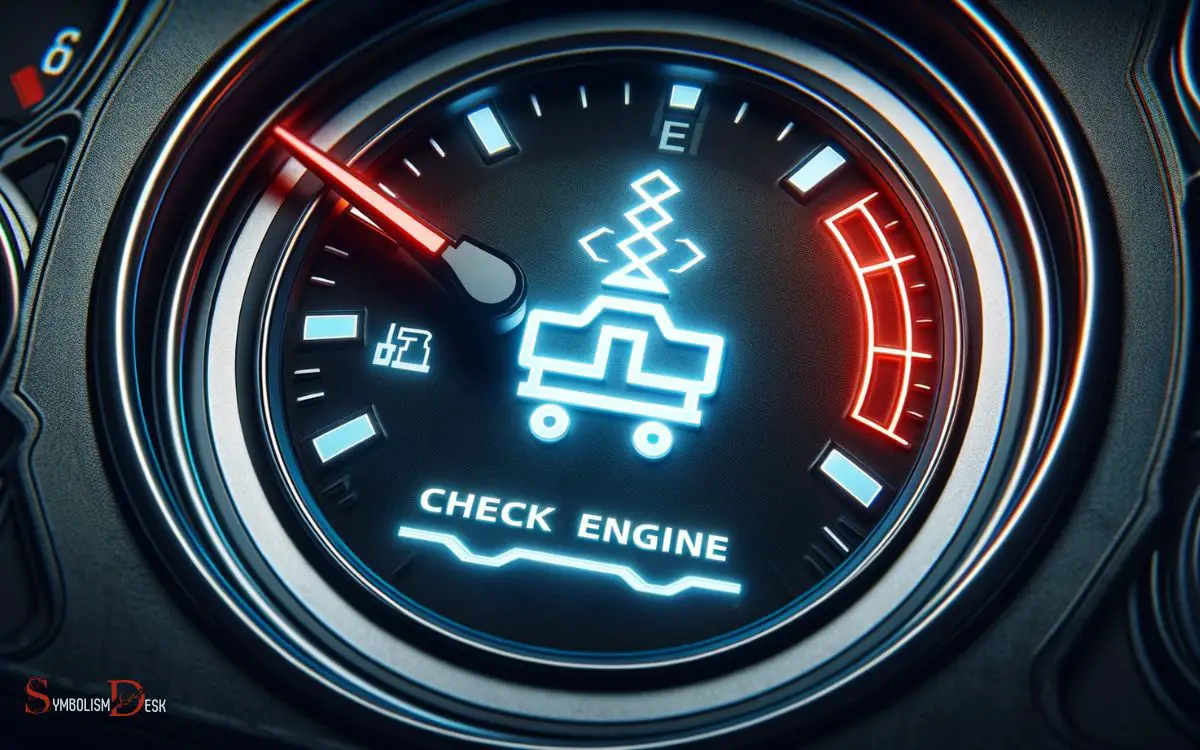
The check engine light indicates potential issues with a vehicle’s engine system. When this light illuminates on the dashboard, it’s essential to address it promptly.
While it can signify something as simple as a loose gas cap, it can also indicate more serious issues that require immediate attention.
It’s a good idea to use a diagnostic tool to read the error code and pinpoint the specific problem. Ignoring the check engine light can lead to more significant and costly repairs down the line.
Therefore, it’s crucial for drivers to consult a mechanic and have the underlying cause identified and fixed. Regular maintenance and timely repairs can help ensure the longevity and performance of the vehicle.
Decoding the Oil Pressure Warning
When the oil pressure warning light comes on in a car, it indicates a potential risk of low oil pressure, which can lead to engine damage if not addressed promptly.
Understanding the significance of this warning can help drivers take necessary action to prevent costly repairs and maintain the health of their vehicle.
It is crucial for drivers to be aware of the potential implications of low oil pressure and to respond accordingly to avoid any detrimental effects on the engine.
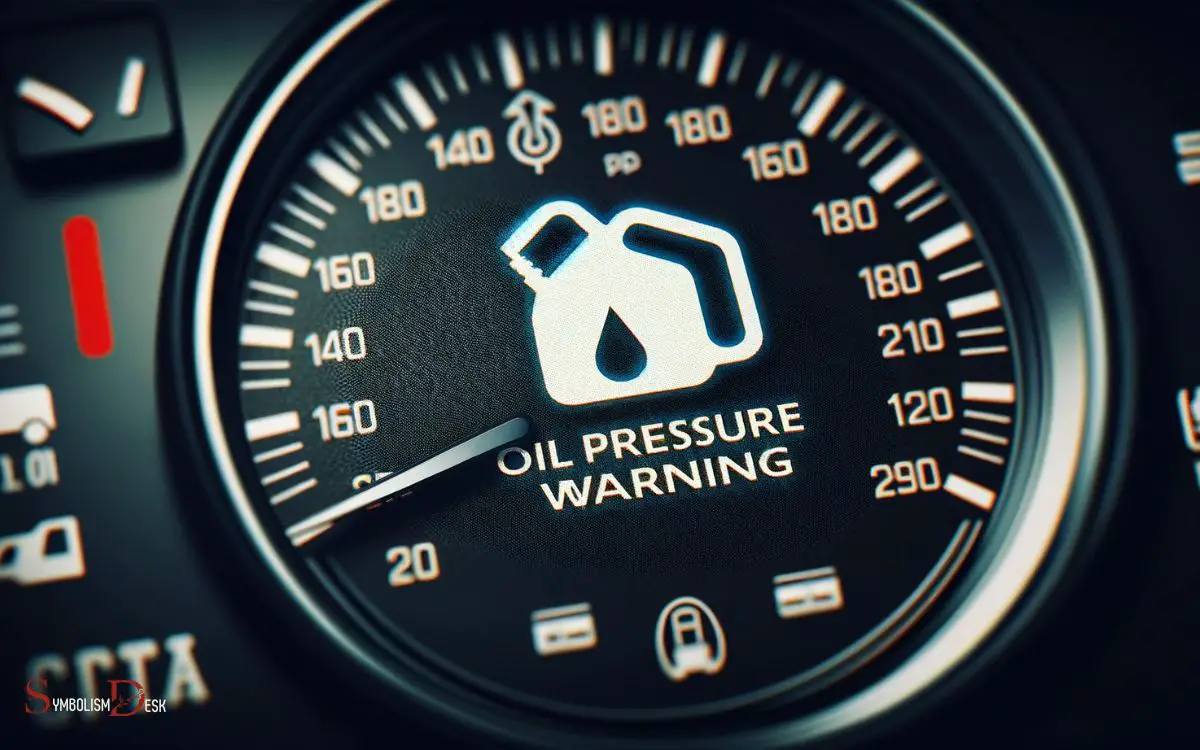
Low Oil Pressure
An unresponsive gauge reading indicates a critical issue with the vehicle’s oil pressure. When the oil pressure warning light illuminates or the gauge drops into the “low” or “L” zone, it’s crucial to take immediate action.
Low oil pressure can result from a variety of factors, including low oil levels, a malfunctioning oil pump, or a clogged oil filter. Ignoring this warning can lead to severe engine damage.
If this warning light activates while driving, the driver should pull over to a safe location as soon as possible and turn off the engine.
They should then check the oil level and look for any visible leaks. If everything seems normal, it’s advisable to contact a professional mechanic for further assistance.
Engine Damage Risk
To mitigate the risk of engine damage indicated by low oil pressure, drivers should promptly address any unresponsive gauge readings. When faced with this warning, it’s essential to take immediate action to prevent potential damage.
Here are a few crucial steps to consider:
- Pull over to a safe location and turn off the engine.
- Check the oil level and add more if it’s low.
- If the oil level is adequate, seek professional assistance or tow the vehicle to a repair shop.
Understanding the severity of low oil pressure and taking swift measures can help prevent costly engine damage.
Interpreting the Battery Charge Indicator
When interpreting the battery charge indicator on a car meter, it’s important to understand the various charge level icons, battery health symbols, and charge status indicators.
These symbols provide valuable information about the status of the vehicle’s battery, allowing drivers to take necessary actions to maintain or restore the battery’s charge.
By understanding these indicators, drivers can ensure that their vehicle’s battery is in optimal condition, minimizing the risk of unexpected breakdowns.
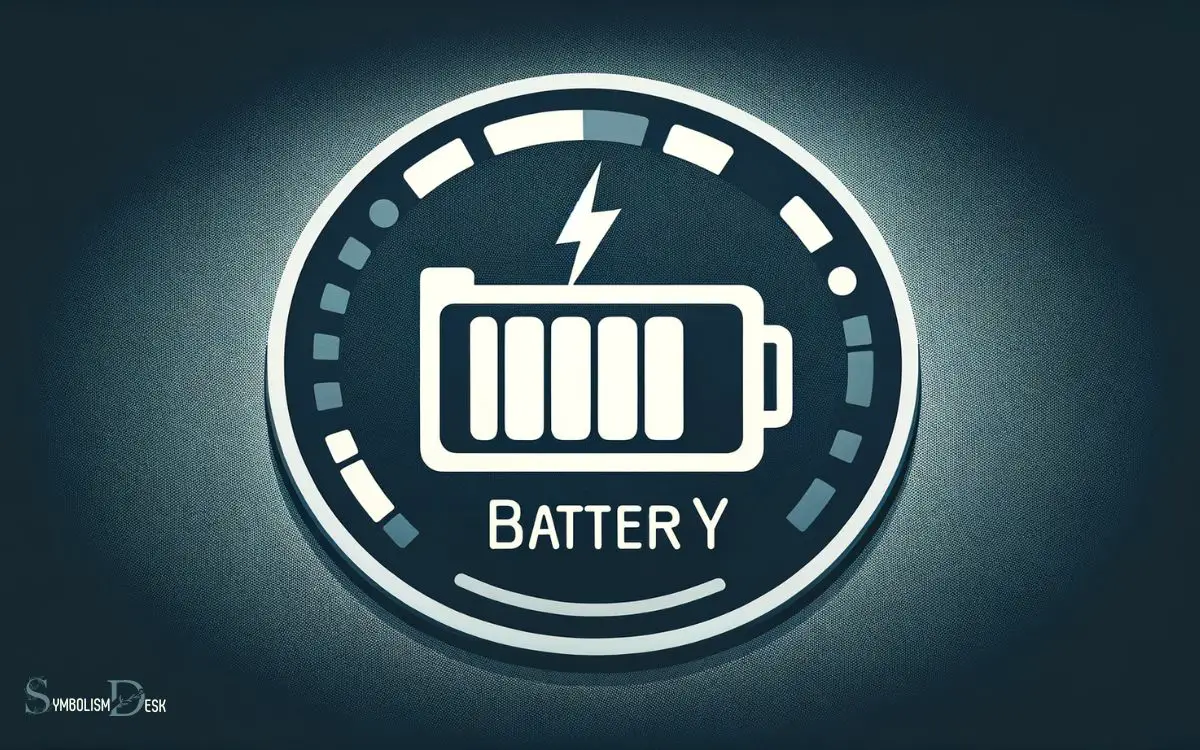
Understanding Charge Level Icons
The battery charge indicator on a car meter displays the current level of charge, providing vital information to the driver. Understanding the charge level icons is essential for proper vehicle maintenance and ensuring the battery’s optimal performance.
Here are a few key points to consider:
- Different vehicles may have varying charge level icons, but they generally indicate the same information.
- It’s important to pay attention to the charge level icons to avoid unexpected battery failure.
- Some charge level icons may change color or flash to indicate different levels of charge, so it’s crucial to be familiar with the specific indicators in your vehicle.
By understanding these charge level icons, drivers can effectively monitor their battery’s status and take necessary actions to maintain optimal performance.
Interpreting Battery Health Symbols
Moving from understanding charge level icons, it is important to interpret battery health symbols to ensure proper maintenance of the car’s battery. Interpreting these symbols can provide valuable insights into the overall health and performance of the battery.
Below is a table to help understand common battery health symbols:
| Symbol | Meaning |
|---|---|
| Good | The battery charge is healthy and operating optimally. |
| Fair | The battery charge is moderate, and it may require attention soon. |
| Poor | The battery charge is low, and immediate action is needed to prevent potential issues. |
Understanding these symbols can help car owners take appropriate measures to maintain their battery health. This knowledge is crucial for preventing unexpected breakdowns and ensuring the longevity of the battery.
Decoding Charge Status Indicators
To interpret the battery charge indicator, car owners can refer to specific symbols on the car’s meter display. Understanding these symbols can help drivers monitor their vehicle’s charging status effectively.
Here are a few key indicators to look out for:
- Charging Symbol: This symbol indicates that the battery is currently being charged.
- Low Battery Indicator: When this symbol appears, it signifies that the battery charge is running low and may need immediate attention.
- Fully Charged Symbol: This symbol indicates that the battery has reached its maximum charge capacity.
Unraveling the Tire Pressure Monitoring System (TPMS) Symbol
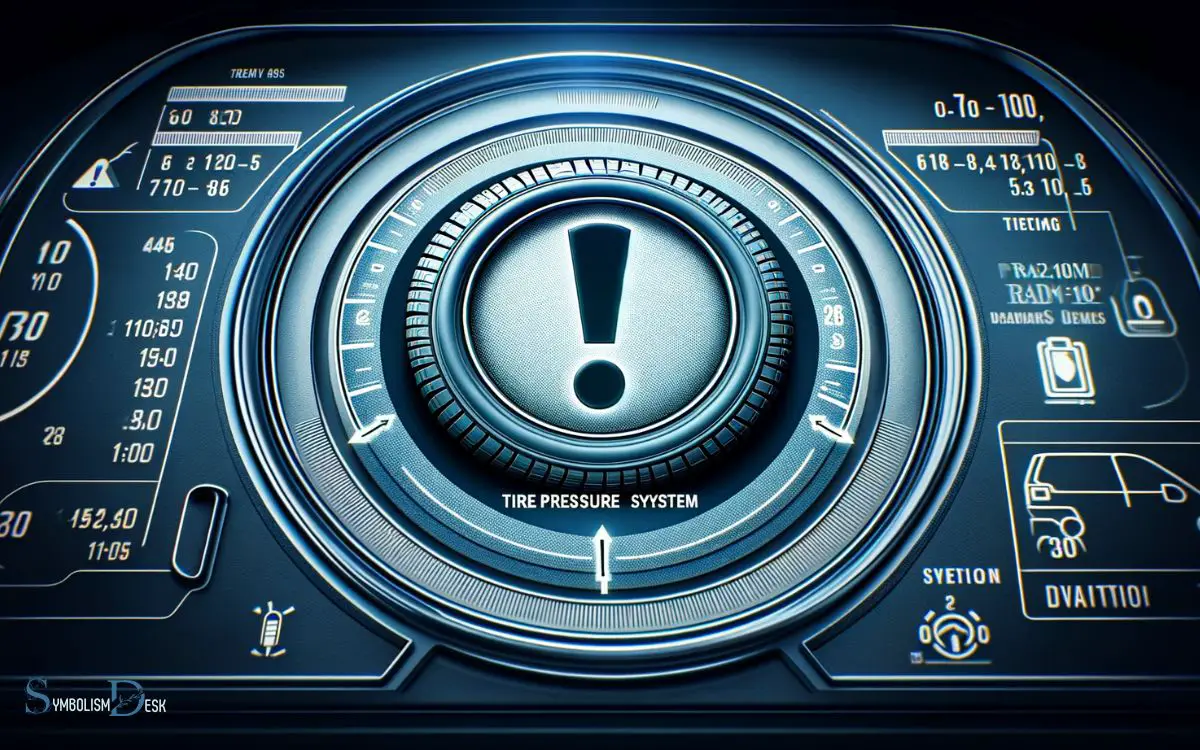
An essential car meter symbol to understand is the Tire Pressure Monitoring System (TPMS) symbol, which alerts drivers to potential tire pressure issues.
When this symbol illuminates on the dashboard, it indicates that one or more tires may be significantly underinflated, which can compromise vehicle safety and performance.
The TPMS symbol resembles an exclamation point inside a horseshoe shape, often with an encircling tire.
It’s crucial for drivers to recognize and respond promptly to this warning, as improper tire pressure can lead to reduced traction, decreased fuel efficiency, and increased risk of tire blowouts.
Upon seeing the TPMS symbol light up, drivers should check their tire pressure using a gauge and inflate the tires to the manufacturer’s recommended levels as soon as possible to ensure safe driving conditions.
Making Sense of the Anti-lock Braking System (ABS) Warning
The ABS warning light indicates the potential malfunction of the vehicle’s Anti-lock Braking System. Understanding this warning is crucial for safe driving.
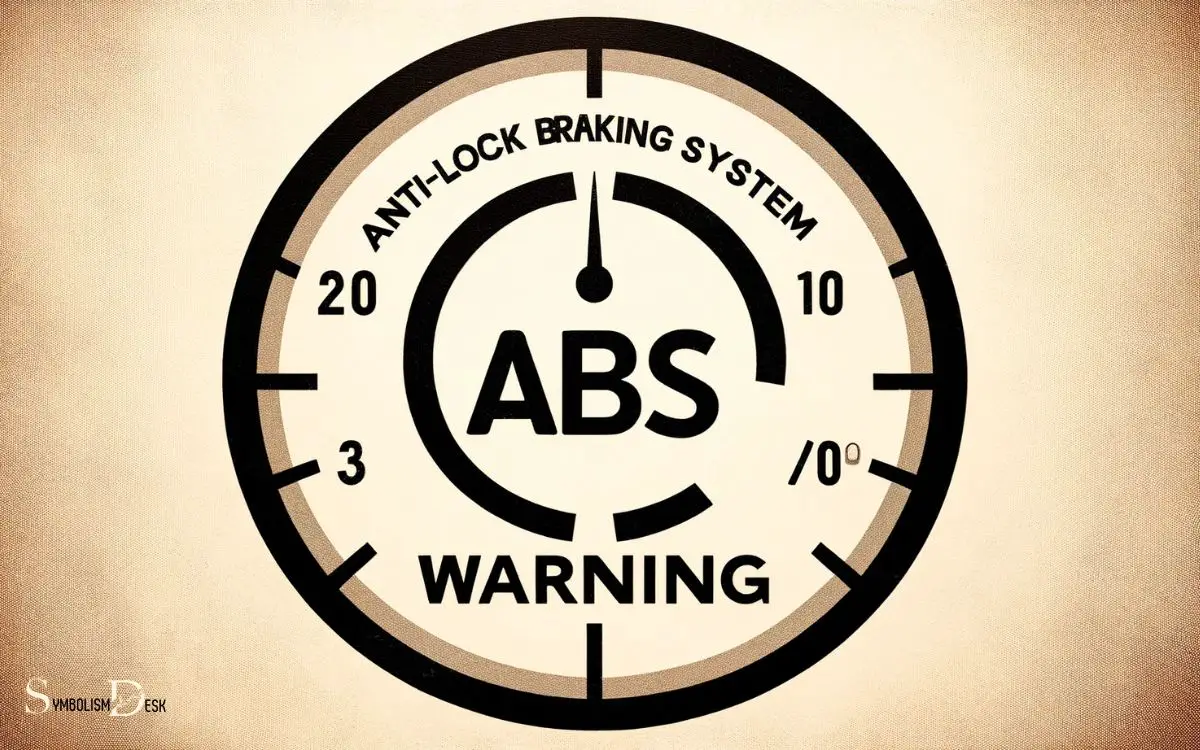
Here are some key points to consider:
- The ABS helps prevent skidding by modulating brake pressure during sudden stops.
- If the ABS warning light comes on, it could indicate a problem with the system, and the vehicle should be inspected by a professional mechanic.
- It’s important to note that even if the ABS warning light is on, the vehicle’s standard braking system should still be operational, but the anti-lock feature may not function correctly.
Decrypting the Transmission Temperature Warning
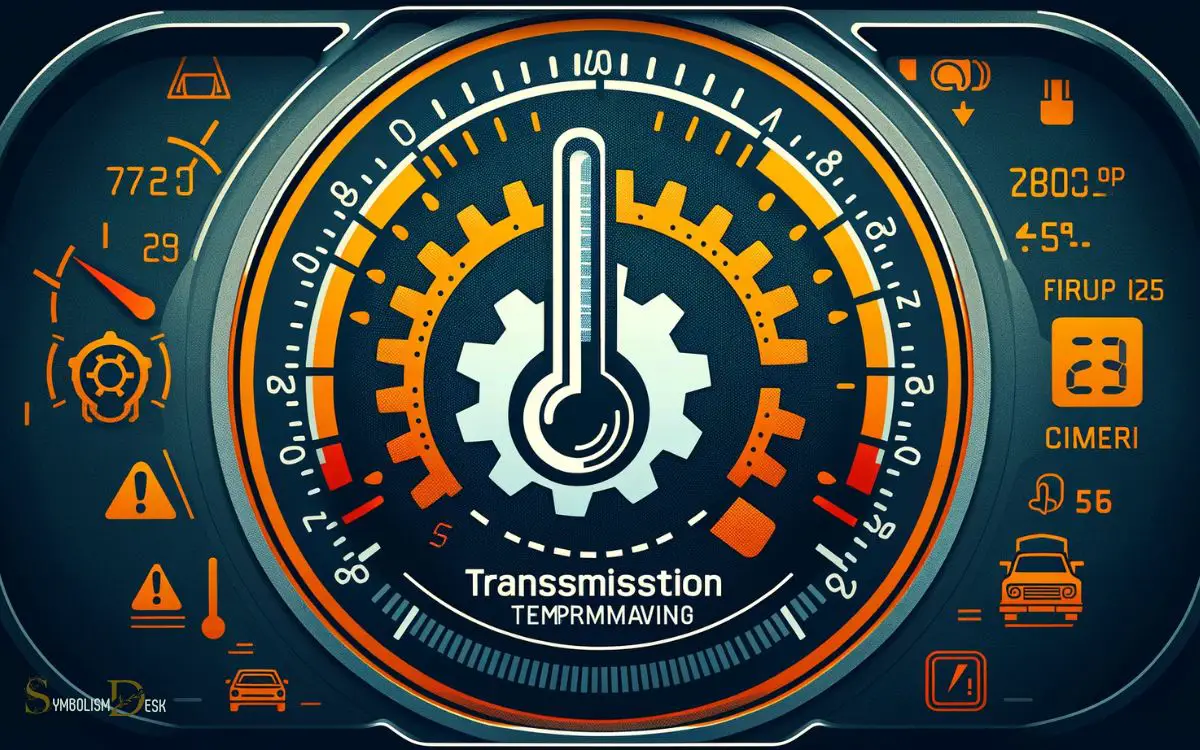
Understanding the potential malfunctions indicated by warning lights such as the ABS and now the transmission temperature warning is imperative for drivers to ensure the safety and efficiency of their vehicles.
The transmission temperature warning light, often depicted as a thermometer or as the letters “ATF,” signifies that the transmission fluid is overheating.
This warning can be triggered by towing heavy loads, driving in hot weather, or a malfunctioning transmission. Ignoring this warning can lead to transmission damage, reduced performance, and potential safety hazards.
When this warning light illuminates, drivers should pull over and allow the transmission to cool down. It’s essential to check the transmission fluid level and quality, and if the warning persists, seeking professional assistance is crucial to prevent costly transmission repairs.
Explaining the Engine Coolant Temperature Warning
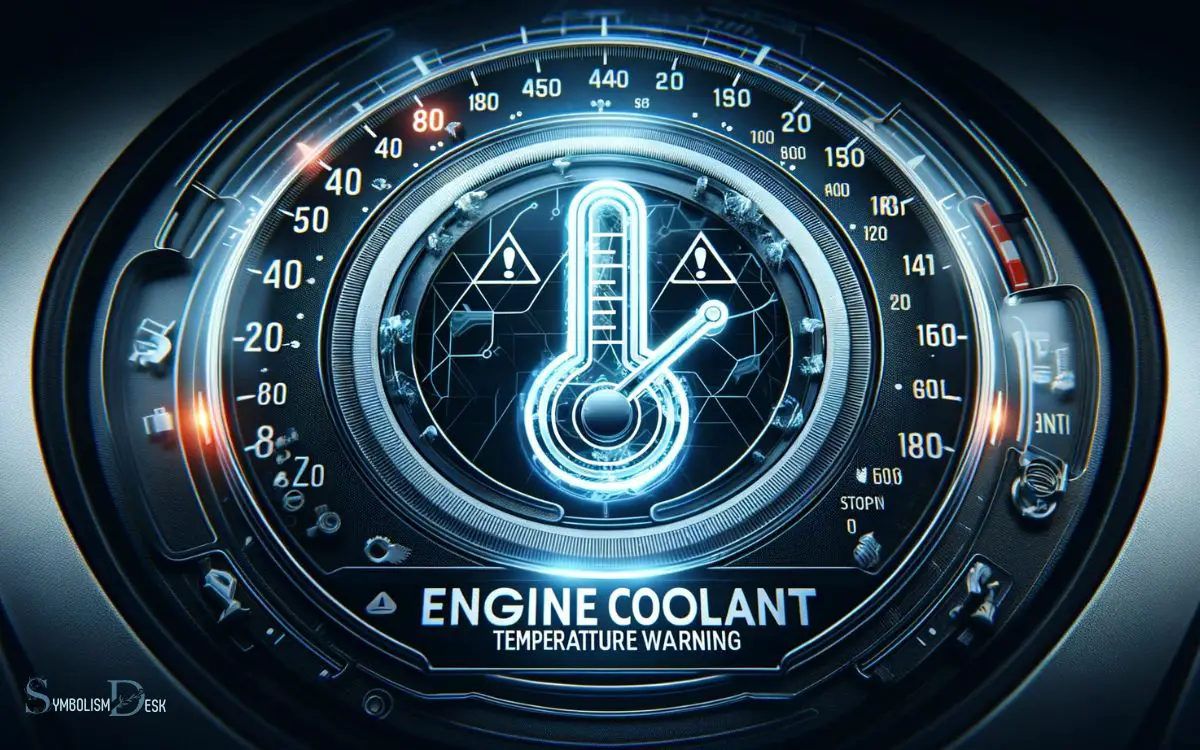
Discussing the Engine Coolant Temperature Warning, drivers need to be aware of the potential issues indicated by this crucial meter symbol.
- Overheating: This warning may indicate that the engine is overheating, which can lead to serious damage if not addressed promptly.
- Low Coolant Level: A low coolant level can cause the engine to overheat, and this warning may alert drivers to check their coolant levels.
- Faulty Coolant System: Issues with the coolant system, such as a malfunctioning thermostat or a leak, can trigger this warning and should be inspected by a mechanic.
Understanding and promptly addressing the Engine Coolant Temperature Warning is essential to prevent engine damage and ensure safe driving conditions. Drivers should never ignore this warning and should take immediate action to resolve any issues indicated.
Demystifying the Electronic Stability Control (ESC) Indicator
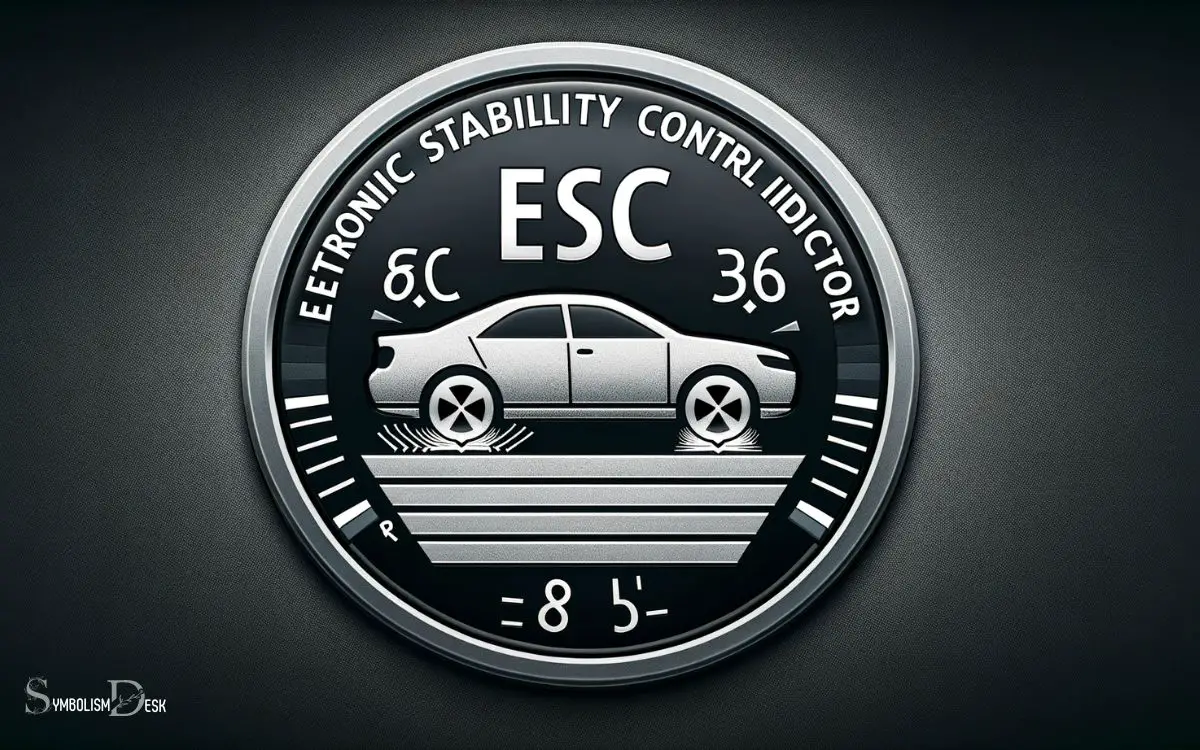
The vehicle’s Electronic Stability Control (ESC) indicator informs the driver of the system’s status. It typically appears as the letters “ESC” inside a circle. When the ESC light is on, it means the system is actively engaged and helping to maintain the stability and traction of the vehicle.
This is particularly useful in slippery or evasive driving situations. If the light flashes, it indicates that the ESC is currently activated and working to prevent the vehicle from skidding.
However, if the light remains illuminated constantly, it may signify a malfunction in the ESC system, and the vehicle should be inspected by a qualified mechanic. Understanding the ESC indicator is crucial for drivers to ensure they are aware of their vehicle’s stability control status.
Conclusion
So, next time your car starts flashing more cryptic symbols than an ancient Egyptian tomb, just remember to consult your car’s manual or call your mechanic.
Because let’s be real, trying to decipher these car meter symbols is like trying to crack the Da Vinci code with a blindfold on. Good luck, and may the car gods be ever in your favor! And then there’s that moment of panic when a new symbol lights up, and you’re left wondering if your car is about to self-destruct or just reminding you to buckle up. Take, for instance, the infamous blue headlight symbol meaning—is it telling you your high beams are on, or is it a hidden message from the car manufacturers? Either way, these cryptic icons feel like an IQ test you didn’t sign up for.






